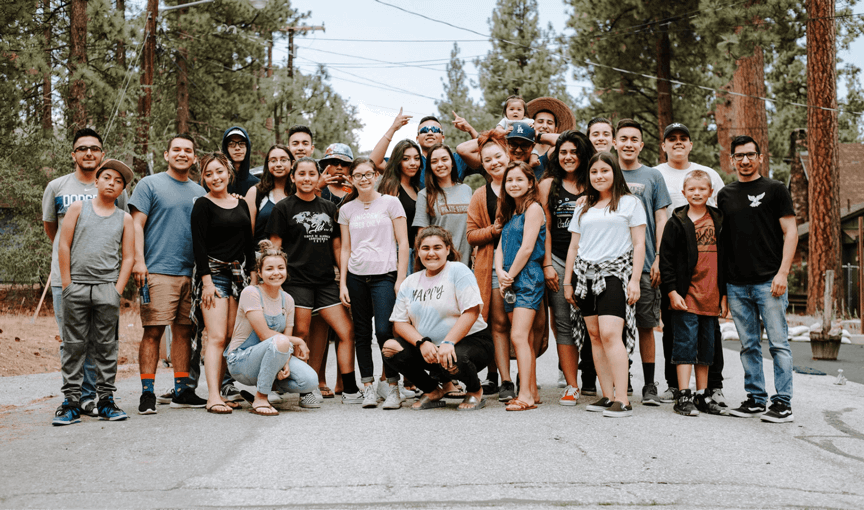In Odisha, foundational learning among children aged 5–8 is in a state of crisis. According to ASER data, 69% of children in rural areas cannot perform basic Math operations, and 61% are unable to read Grade 2-level text. Across India, 55% of children cannot read age-appropriate text by Class 5, and 13–18% of students in Classes 3, 5, and 8 fall below basic literacy levels. The problem is more severe among tribal students, who face an added language barrier—Odia is the medium of instruction, but many speak indigenous dialects at home, leading to poor comprehension and disengagement.
Odisha has over 20,00,000 students in the primary age group (5–8 years), the majority in underserved and multilingual communities. Schools are understaffed, with a shortage of trained teachers, and lack innovative, inclusive teaching methodologies. As a result, children are attending school but not learning, leading to low retention, poor attendance, and long-term learning deficits.
Our program addresses this urgent gap by offering vernacular, child-centric, digital learning tools focused on literacy, numeracy, reasoning, and social-emotional skills, equipping every child—regardless of language or background—with the foundation to learn and succeed.
Our proposed model turns a traditional pen and paper after school center into a tech enabled, outcomes driven program. With ten shared tablets—roughly one device for every three students—the mathematics curriculum is broken into eleven progressive levels. Each child begins with a quick baseline test on the offline app; the app then prescribes a personalized remedial track, serves up practice exercises, and delivers in line tests that determine whether the learner should advance or revisit the current level. A built in dashboard lets facilitators monitor progress in real time and deploy tablets where they are needed most, all without relying on internet connectivity.
Where only two tablets are available, the devices become digital teaching assistants. Students complete worksheet problems on paper, then briefly queue to scan their answers with the tablet’s camera.
On device OCR transcribes each response, and a lightweight, locally hosted language model diagnoses errors, suggests corrections, and recommends targeted follow up practice. Learners spend just five to ten minutes reviewing feedback before returning to their seats, allowing the teacher to manage a large, mixed ability group with minimal disruption.
We have tested the community-led facilitation model in a few locations by collaborating with field volunteers and partner organizations. Village-based women with education up to class 8–10 were trained to conduct small-group sessions using our structured teaching tools. Feedback from these pilots has helped refine our facilitator training materials and delivery model.
We have also developed and deployed engaging, grade-aligned content, including video lessons, literacy and numeracy workbooks, practice sheets, and assessment tools. These materials are currently being used by children in pilot sites, and early results show improved engagement and learning retention.
On the technology side, we have prototyped the hardware setup (Raspberry Pi-based server and 3–5 tablets) and are in the development stage of integrating AI-powered lesson recommendations and OCR tools to assess student work. The offline-first approach is designed specifically for low-resource settings with limited power and no internet connectivity. This stage reflects our current progress—components are functional and piloted independently, and we are now working to integrate and scale them into a seamless, replicable learning system for underserved communities.
Contact us, we will share a prototype contextualized to your field location



